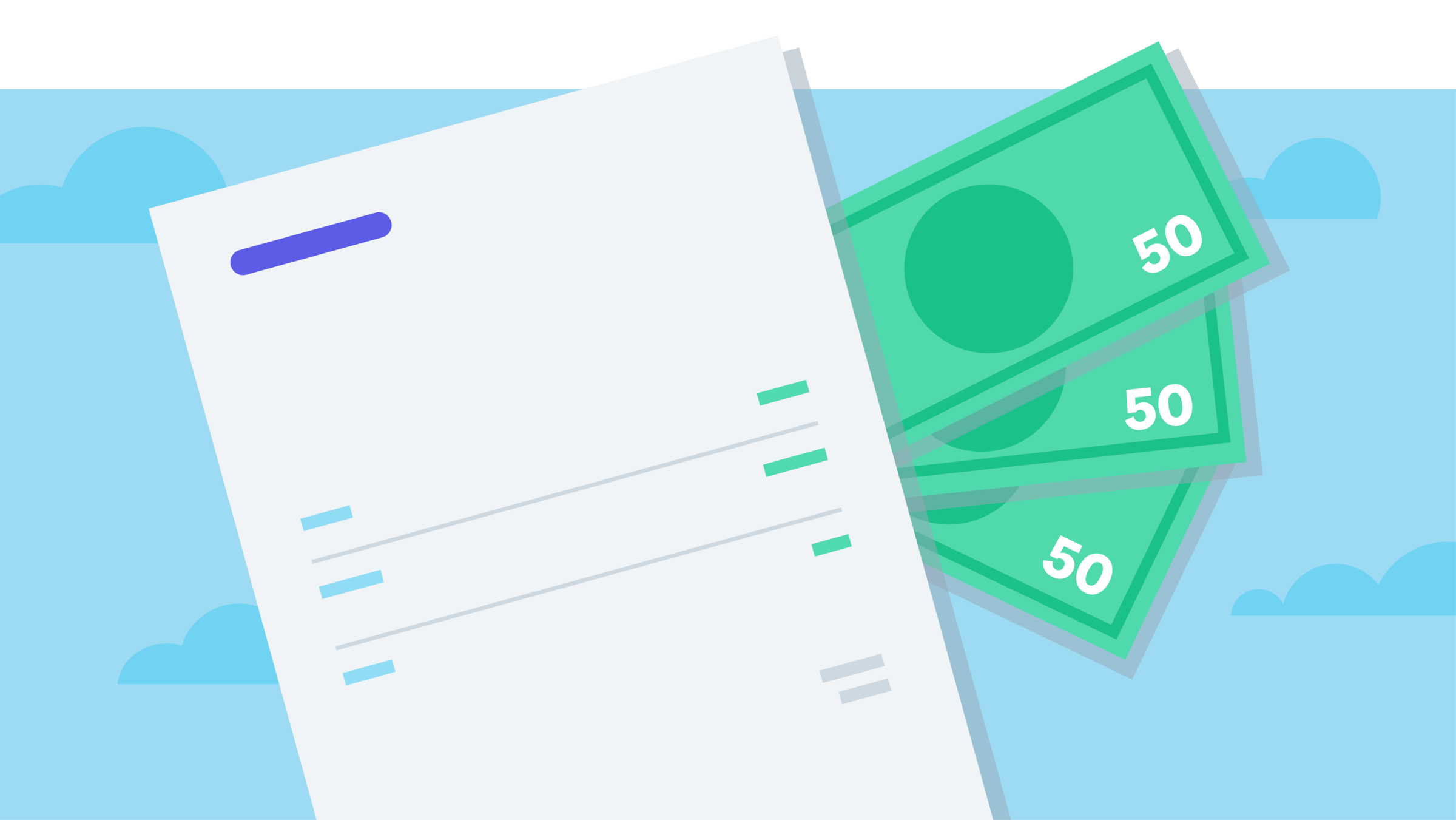7 ways invoice financing can help cash flow
Cash-strapped businesses generally don’t want to take on more debt. Invoice financing could be a good alternative.

Published Wednesday 27 April 2022
Most businesses have cash flow problems
Almost half of invoices are paid late which deprives many small businesses of cash. Tight cash flow makes it hard to pay bills, hire staff, buy inventory, or expand. And it stresses people out – keeping business owners up at night.
Where to get working capital
Businesses in this situation have traditionally either taken out a loan, or struggled by without the cash. Many choose to go without, because lending seems risky and hard to do. Invoice financing can be a faster, more flexible option.
What is invoice financing?
Some finance companies will advance a business 75 to 90 cents in the dollar on unpaid invoices. The business gets cash almost straight away, instead of waiting for the debtor to pay. And when the debtor does pay, the business gets a second (remainder) payment.
There are fees to consider, of course, but it can be a great way for your clients to overcome cash flow shortfalls.
Seven advantages of invoice financing
1. Get money without extending long-term debt
While traditional loans are a long-term debt that usually has to be carried on the balance sheet for over a year, invoice financing works differently. It speeds up a business’s access to the money that it’s owed. This type of finance is generally able to be paid back quickly, which makes it a good shorter-term solution.
2. Only make repayments when the money comes in
Invoice finance isn’t typically paid back until the original invoice is settled. Businesses who use these services don’t have to make fixed-term repayments. That’s great for cash flow.
3. Feel better about big projects
Small businesses carry a lot of costs on big jobs. And payment is often slow when there’s a big corporate involved. That’s a bad combo. Invoice financing allows businesses to take on potentially lucrative contracts without getting stretched too thin.
4. Choose how much money you need, and how often
Businesses can choose how much credit they take out when using modern invoice financing companies. In the past, they had to sell their entire accounts receivable. But now they can stay in control of their book and credit needs. Also, because invoice financing is typically paid back in months, not years, they can borrow again if need be.
5. The money’s almost instantly available
Businesses can get invoice finance within a day or two of applying if they use online accounting and invoicing software. That allows you and your clients to act fast and fix cash flow issues on the fly.
6. You can apply for invoice finance in seconds
Small business owners don’t need to leave their office, store or workshop to apply for invoice finance. They can connect to providers via online accounting software, flag the unpaid invoices that they’d like to finance, and apply on the spot. There’s no paperwork to do. And with the right app, they can even manage the whole process from their mobile.
7. The bookkeeping can take care of itself
It’s important to track part payments and fees against each invoice that’s financed. Some providers will automatically update that information in your client’s online accounting software – which really streamlines the bookkeeping.
Helping businesses use invoice financing appropriately
There are many situations where invoice financing is a useful and valuable tool, but it’s not always the right option. Discourage clients from using it as a band aid on recurring cash flow issues. Help them deal with the underlying causes rather than letting bad habits develop.
Tips for picking an invoice financing provider
Invoice financing isn’t a regulated industry. There are plenty of trustworthy providers but it pays to be careful about who you use. You should also be clear about the specifics of the product they’re offering.
Ask questions like:
- What are the fees? Look for providers that have just one or two, easy-to-understand fees. Some providers will use complex fee structures to hide high costs.
- What’s the finance model? Some providers offer a combination of invoice factoring, lines of credit, and payment plans. The specific type of finance affects how much money can be advanced, and when it should be repaid. Find out what you’re getting.
- What happens if the debtor doesn’t pay? Will your client need to pay back the money if the invoice remains unpaid, or will the provider carry that risk?
- How selective can you be? Does the financing company need to control all the invoices, or is the client allowed to pick which ones to finance?
- Who manages the relationship with the debtor? The invoice financing company may take responsibility for chasing the unpaid invoice, which means your client will lose control of the relationship with their customer. The financiers may also insist on setting up a joint account with your clients, for receiving invoice payments from the debtor.
Invoice financing apps
You can connect to respected invoice finance providers through your online accounting software. It’s free to integrate Xero with:
Disclaimer
Xero does not provide accounting, tax, business or legal advice. This guide has been provided for information purposes only. You should consult your own professional advisors for advice directly relating to your business or before taking action in relation to any of the content provided.
Start using Xero for free
Access Xero features for 30 days, then decide which plan best suits your business.